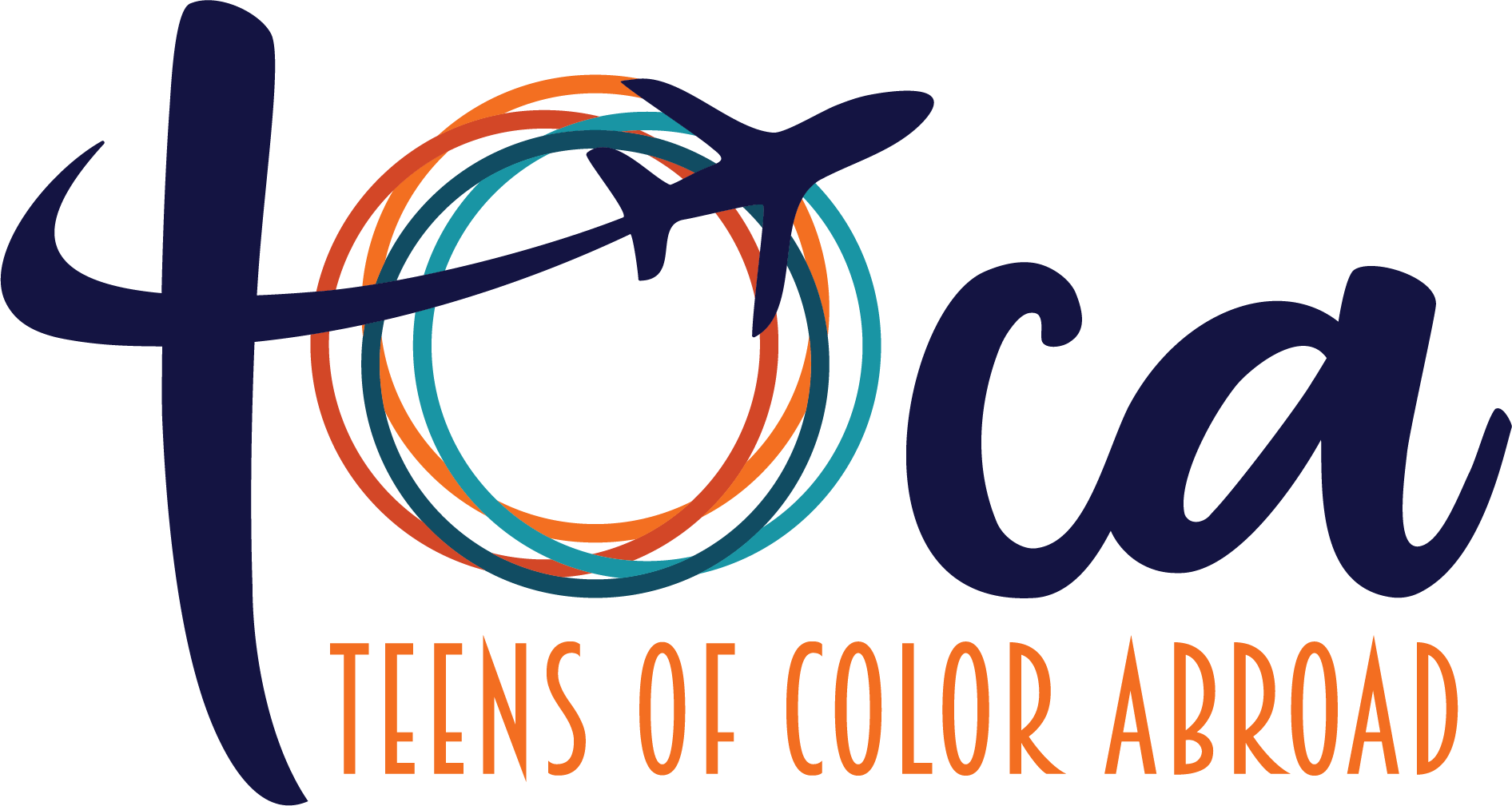Studying Abroad and Underrepresented Students
Students of color travel too. Compared to their white counterparts, however, college students of color study abroad at a surprisingly low rate. In the 2017 Open Doors Report, the Institute of International Education found that only 5.9% of students studying abroad in 2015-2016 identified as Black. Also noted in the Open Doors report, in fact, the majority of study abroad participants are white (71.5%) and female (66.5%). Several barriers contribute to students of color’s low participation. These obstacles include finances (cost and aid assistance), family, access and awareness of opportunities.
Finances
Studying abroad is not a reward only for those who can afford it. Yet, it seems this way when the cost of a program becomes a hurdle for students of color. Plane tickets, passport and/or visa, health insurance coverage, etc are additional costs on top of an already expensive collegiate education in the US.
Whether a student chooses to participate in a semester or faculty-led program, the cost can range from a few thousand dollars to over $20,000.
Scholarships, grants, and/or institutional aid can fund a student of color's program. Though, this isn't true for most students based on their academic strength and where they attend. Still, students may have to pay out-of-pocket expenses even before they receive their financial aid disbursement. Or, they receive partial payment for the entire program. This requires students to personally fund the rest or take out student loans.
Some students, mostly white, resort to parental intervention and financial resources. Students of color, most times, cannot.
Family
Besides a student of color's financial inability to pay for a study abroad program, there are familial influences contributing to low participation.
In the case of first-generation students, parent(s) are unlikely to understand or approve of studying abroad. This is a result of family having little background information about this opportunity. Pursuing study abroad is an added stressor. The fact that it is optional and in some cases unsupported by family, most students don't pursue going abroad.
To their families, college is a means to get a "great" job to assist the family. So, studying abroad could mean a distraction for the student, rather than a benefit.
Accessibility and Awareness
Students decide early on in their college career that they want to study abroad. What happens when they don't know that it exists?
Transitioning to a new environment, college can bring about difficulty and emotional strain for students of color. Their main focus is on adapting and adjusting to the rigor of a post-secondary education.
They lack the awareness that studying abroad is an option. If they do know about this experience, they are unaware of who to speak to, which office house this information, and how to make it a reality.
Students of color need early exposure even before matriculating at college. It starts with us. It starts now. Learn more about TOCA's programs and vision.




